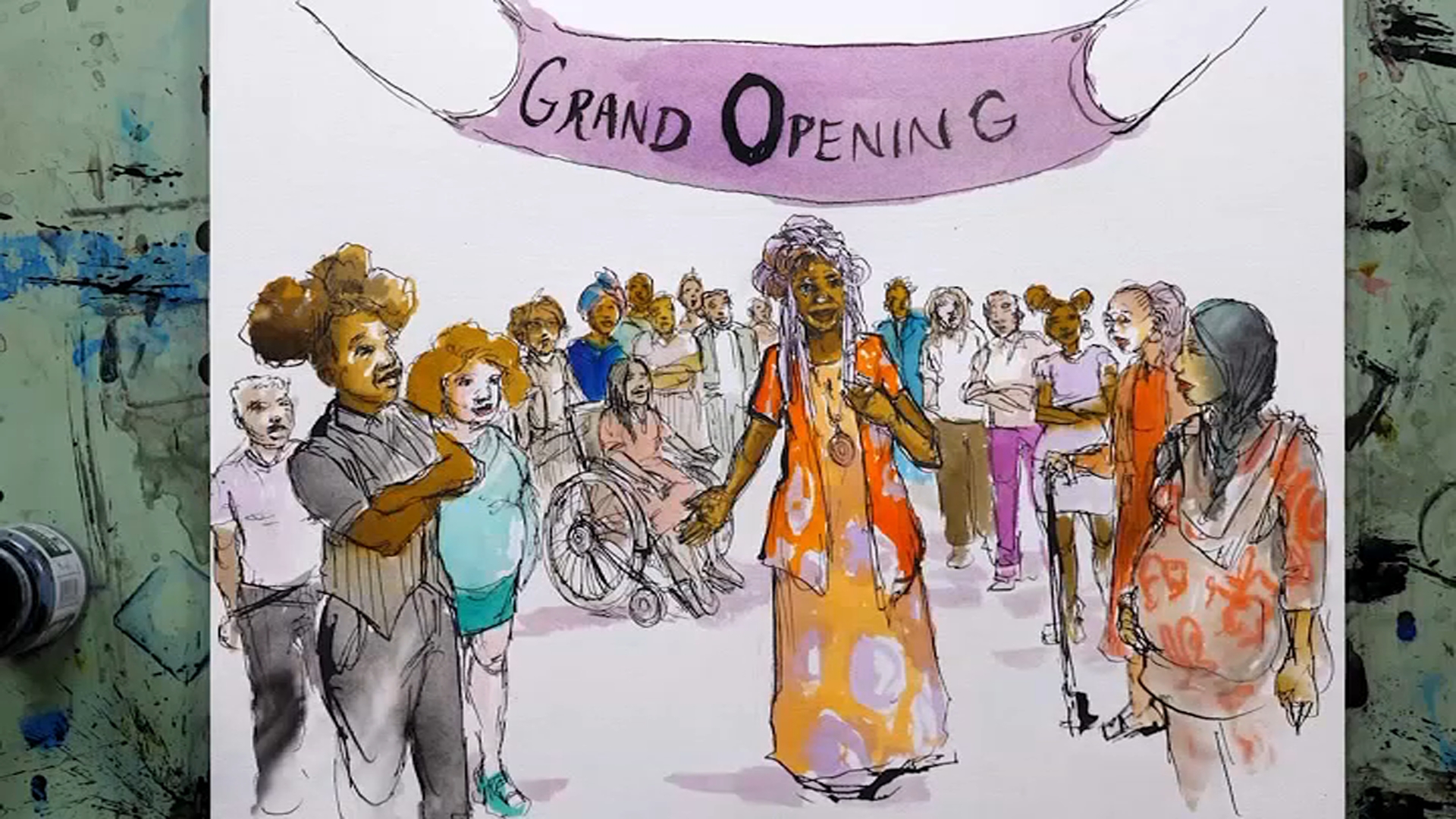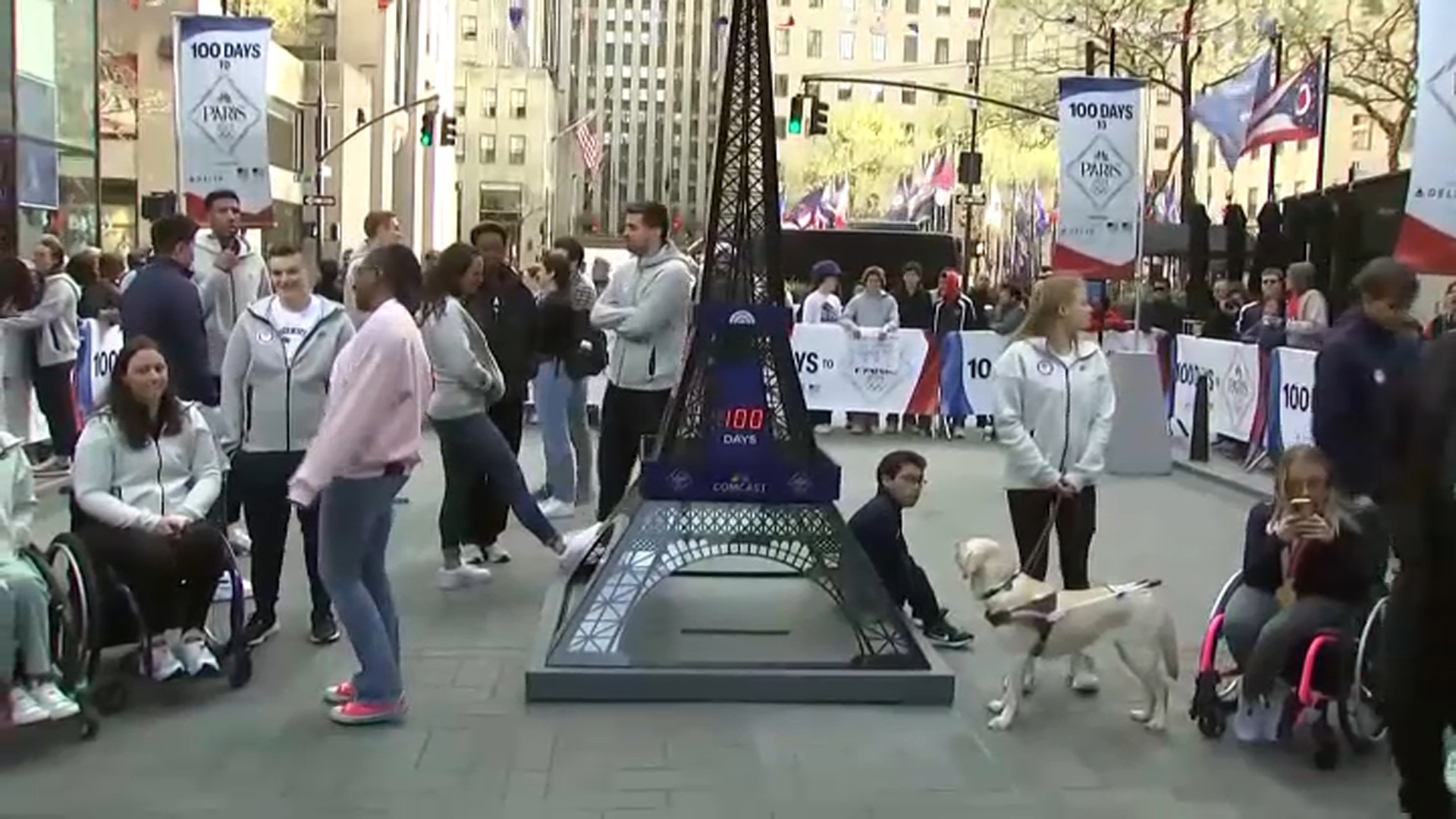United States Attorney General Eric Holder said Thursday he wants to see more law enforcement agencies supply personnel with the drug naloxone, commonly known as Narcan, as one way to better respond to suspected heroin overdoses. The medication can reverse an overdose that is due to opiate drug abuse. Holder urged federal agencies to identify, train and equip appropriate personnel with naloxone if they may interact with a victim of a heroin overdose.
On average, 110 Americans a day die from drug overdoses, according to numbers from the U.S. Department of Justice. The DOJ said that outnumbers deaths from gunshot wounds or motor vehicle crashes. More than half of those drug overdose deaths involve opiate drugs such as heroin and prescription painkillers, the DOJ said. Between 2006 and 2010, heroin overdose deaths increased by 45 percent, the department added.
"The shocking increase in overdose deaths illustrates that addiction to heroin and other opioids, including some prescription painkillers, represents nothing less than a public health crisis," Attorney General Holder said in a written statement. "I am confident that expanding the availability of naloxone has the potential to save the lives, families and futures of countless people across the nation."
At the St. Michael's College Fire and Rescue Department in Colchester, Vermont, Lt. David Weiss said he has administered the drug, both nasally and intravenously, to patients experiencing suspected opiate overdoses to revive them; to restart their breathing. "It's pretty simple to give," Weiss said. "We always hope it works, because there's always a chance what's going on is not a narcotic overdose."
Weiss told New England Cable News his department tends to use the antidote about once a month when responding to suspected ODs; sometimes more. He called naloxone a potential life-saver.
Vermont saw 21 deadly heroin overdoses last year and 50 fatal overdoses involving prescription painkillers, according to data from the Vermont Health Department. The figure for the heroin overdoses reflected a spike over previous years.
Vermont State Police troopers already carry naloxone, and have witnessed successful revivals. "It brought that person from the jaws of death and breathed life into him," Col. Tom L'Esperance, the commander of the Vermont State Police, recounted on March 3, describing the impact of one trooper's experience administering naloxone to an overdose victim.
Local
Chief Steve McQueen of the Winooski Police Department chose to not outfit his officers with naloxone. He told NECN he worried about it freezing in the winters, and said it may be a better fit for rural communities with slower emergency response times. In his small city, experienced rescue squads arrive quickly, McQueen said.
"We're definitely not opposed to it by any means," McQueen said. "We just felt that it made far greater sense to allow the rescue personnel to administer Narcan and carry it with them, instead of individual officers having to carry it and maintain it themselves."
McQueen said he endorsed the use of naloxone by Vermont State Police troopers when that decision was being made, explaining those officers tend to cover wide geographic areas and rural communities where ambulance response times may be different. "It's definitely not a one-size-fits-all," McQueen said of the use of the medication by local police officers.
Chief Mike Schirling of the Burlington Police Department, another Vermont department that does not carry naloxone, told NECN the Burlington Fire Department responds to rescues so ably that his officers have not seen an urgent need to carry naloxone themselves. The rescue personnel have been equipped with naloxone for many years, Schirling noted. He, like McQueen, acknowledged that other communities, especial rural ones, may have different relationships between police departments and rescue officials, so their decisions around naloxone use may differ from his.
Seventeen states and the District of Columbia have amended their laws to increase access to naloxone, resulting in over 10,000 overdose reversals since 2001, the U.S. Justice Department wrote in a Thursday press release.
"The heroin and prescription painkiller epidemic knows no boundaries--anyone can be affected, and we have already lost far too many lives," acting director of the Office of National Drug Control Policy Michael Botticelli said in the release. "We have moved aggressively against this epidemic and we know that the actions of law enforcement officers at the scene of an overdose can mean the difference between life and death. Attorney General Holder's leadership in this arena will help prevent future overdose deaths and we look forward to working closely with his office and other partners to get naloxone to law enforcement professionals across the nation. "
St. Mike's Rescue said it urges overdose victims to go to the ER even after they're successfully woken up. "They still need to be checked out after any period of unresponsiveness or not breathing," Weiss said.
Separately, the Vermont Health Department said since December 2013, it and its partners have distributed about 450 naloxone rescue kits-- not to police officers or rescue squads-- but directly to addicts and their loved ones. Since December, Health Department numbers show those kits have reportedly been used in 46 overdose situations.
For up-to-the-minute news and weather, be sure to follow us on Twitter and like us on Facebook.



